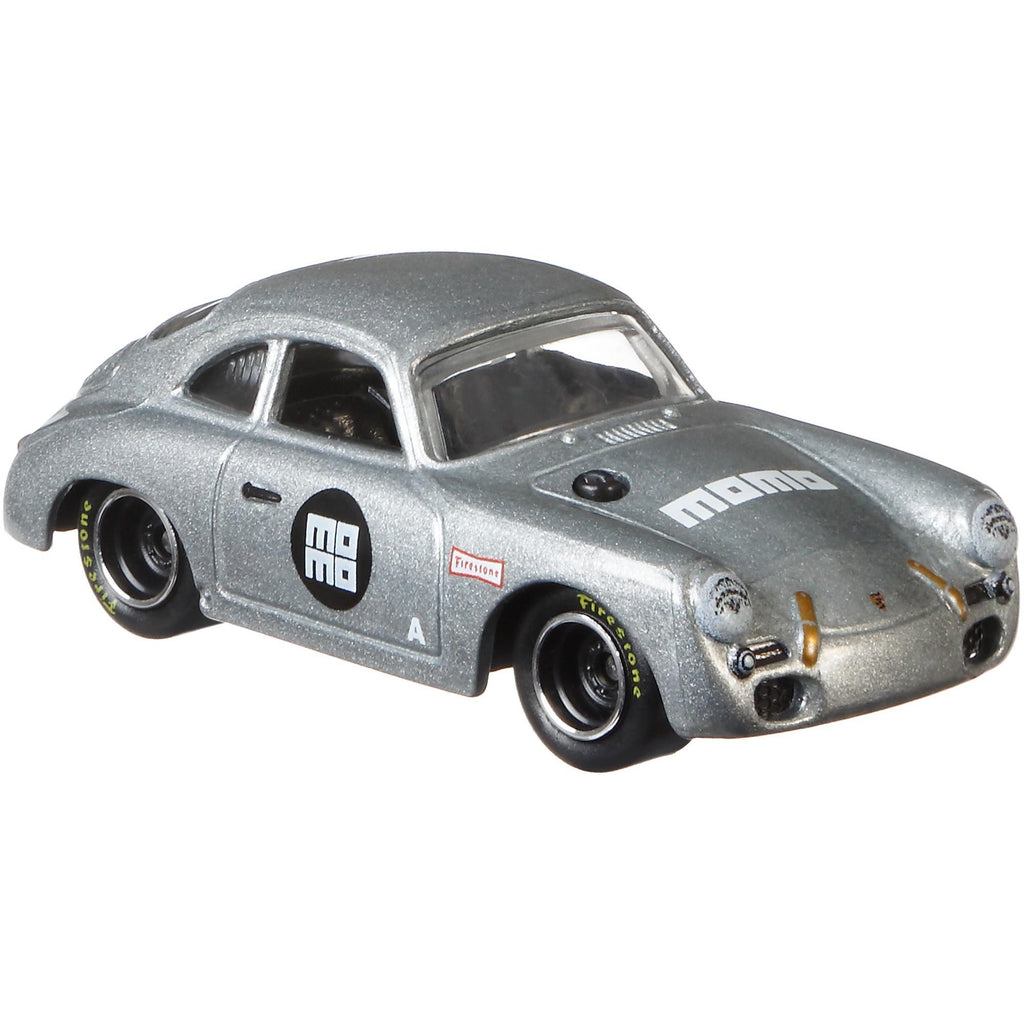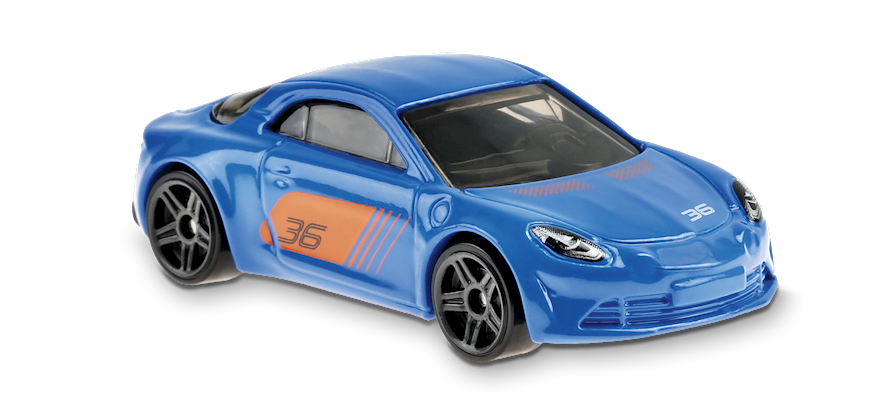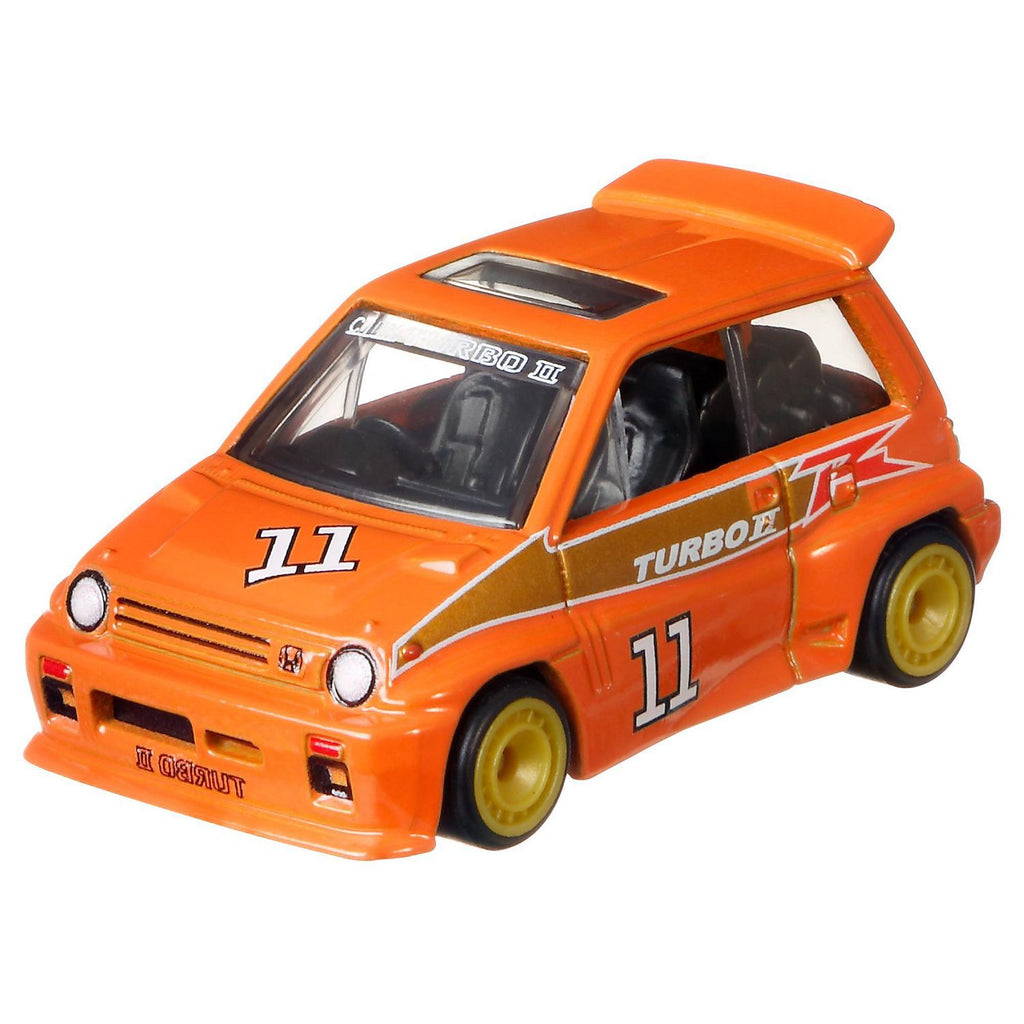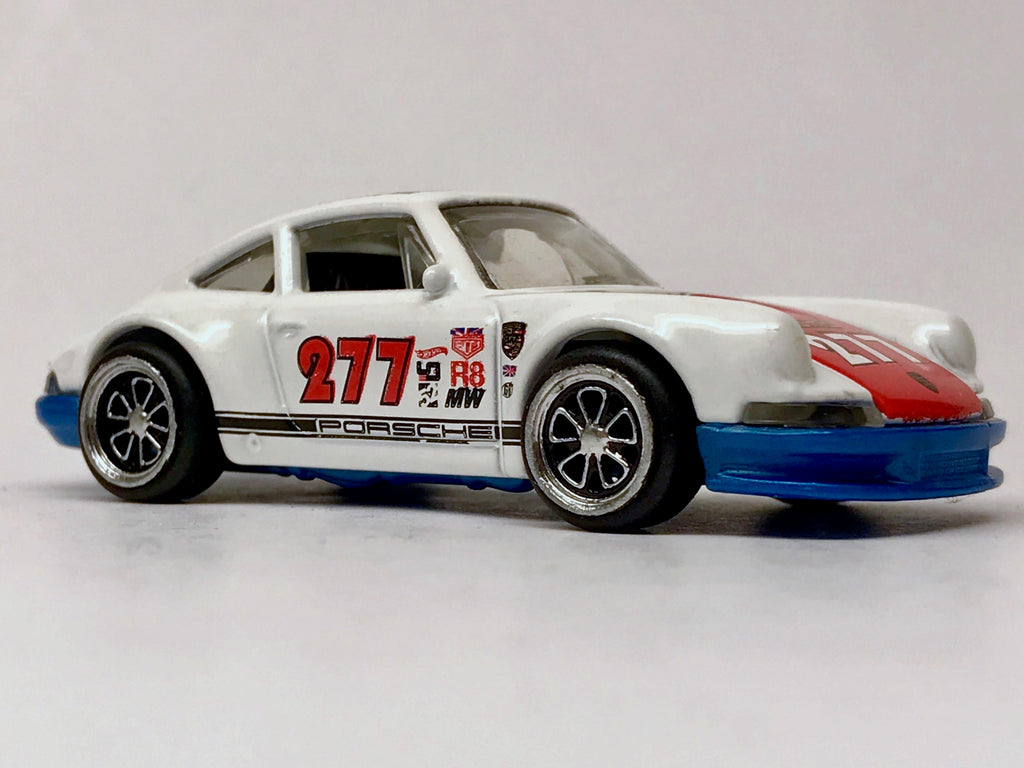Porsche 356
Porsche 356 -
The Porsche 356 is car that has a history dating back to the late 1940s. The first example of this highly collectible sports car was made in 1948-1949 by the German automaker Porsche. The original 356 was designed by Ferry Porsche, the son of the founder of the Porsche company, and co-founder of the Austrian manufacturing plant. It was designed with a 4 cylinder engine, located in the rear and air cooled in rear wheel drive.
-
Porsche company designed a new chassis, but many of the mechanical components were based upon the design of the Volkswagen. Ferry was inspired by his experience driving fast cars, including an Alfa Romeo, a BMW, and his biggest inspiration, his supercharged Volkswagen Cabriolet, to create the Porsche 356. His overall goal was to build a prototype that would be lighter, feature a two seat styling and have more horsepower in the engine than other cars of its time. Upon completion, his 1948 Porsche 356 was entered into the race at Innsbruck and placed as first in its class. From this point forward, performance was the main focus of engineers and designers for the car.
-
When the first edition rolled out of the manufacturing plant in Gmund, Austria it started a tradition that led to a series of innovations and new generations of the flagship model. The Porsche 356 was born in a facility where just 50 cars were built in 1948. It would soon become one of the biggest successes in motor sports, gaining immense popularity throughout the world.
The 911 was born in 1963 as a direct development from the 356. At first Porsche called it the 901 which had been chosen to align with VW part numbers which at the time were using the 900 series for components. 901 was chosen as the first car produced after the 356. Porsche had designed and made a large run of the numbers 9,0,1 with gold plating to fit to the dashboard of the new model. However when they unveiled the car at the 1964 Paris Auto Salon, Peugeot threatened legal action claiming that the copyright of number-0-number belonged to them. As a simple fix, and to avoid the cost of producing a whole new set of numbers, Porsche simply did away with the “0” from 901 and ordered another batch of number 1s in gold plate and renamed it the 911. Some 82 cars had already been built under the 901 badge.
The Porsche 911 is maybe the greatest sports car of all time. For more than 50 years the 911 has been defining how a sports car should drive and perform, consistently setting the benchmark for driver engagement and enjoyment. The 911 was not the first car Ferdinand Porsche created though. The true heritage of the 911, and the Porsche brand as a whole, can all be traced back to one machine. The Porsche 356 Pre-A.
-
As a machine on its own, the 356 doesn’t get as much recognition or attention as the legendary 911, but don’t let that relative obscurity dampen its impact and legacy. With a rearward-mounted flat four-cylinder engine and humpbacked profile, the DNA of the 911 is evident. The 356 was also the starting point for many of Porsche’s future traditions. The car was the first machine to wear the Carrera nameplate that adorns 911s today, and the 356 was used extensively in motorsport. In short, the 356 is in many ways the birth of what we consider a “true” sports car today. And now you have a chance to own one.
Continue reading




